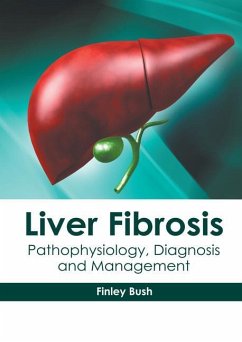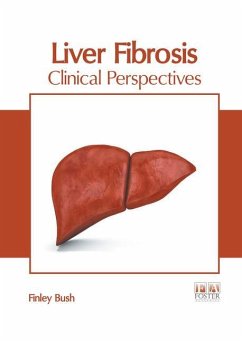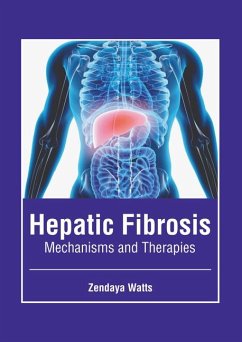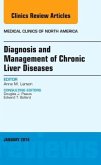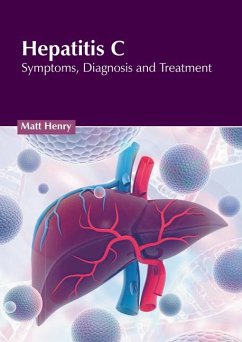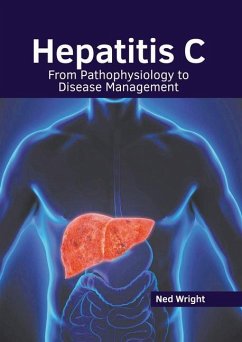Liver fibrosis is a condition of the liver characterized by the excessive accumulation of extracellular matrix proteins such as collagen. Advanced liver fibrosis leads to cirrhosis of the liver. Cirrhosis leads to hepatocellular dysfunction and a high intrahepatic resistance to blood flow that results in hepatic insufficiency and portal hypertension. Liver biopsy is the standard procedure for diagnosing and assessing liver fibrosis. To determine the degree of liver damage, several scales such as Ishak fibrosis score (stages I-V) and METAVIR scoring system (stages I-IV) are used for staging of fibrosis. Other evaluations such as platelet count, ascites, Bonacini cirrhosis discriminant score and spider angiomata can help to diagnose cirrhosis. Recent evidence points to the reversibility of liver fibrosis even in its advanced stages. Typically, this may happen with a cessation of liver injury, via the successful treatment of the underlying disease. For patients with cirrhosis, liver transplantation is currently the only curative strategy with improved quality of life and better chances of survival. A lot of research is being undertaken to develop non-invasive and reliable markers of liver fibrosis, and liver specific antifibrotic therapies. This book aims to shed light on some of the unexplored aspects of liver fibrosis and the recent researches in this pathological condition. The objective of this book is to give a general view of the different aspects of its pathophysiology, diagnosis and management. This book, with its detailed analyses and data, will prove immensely beneficial to professionals and students involved in hepatology at various levels.
Hinweis: Dieser Artikel kann nur an eine deutsche Lieferadresse ausgeliefert werden.
Hinweis: Dieser Artikel kann nur an eine deutsche Lieferadresse ausgeliefert werden.

